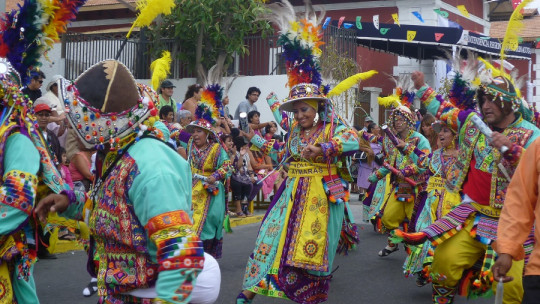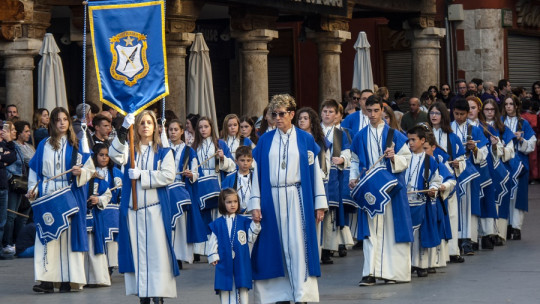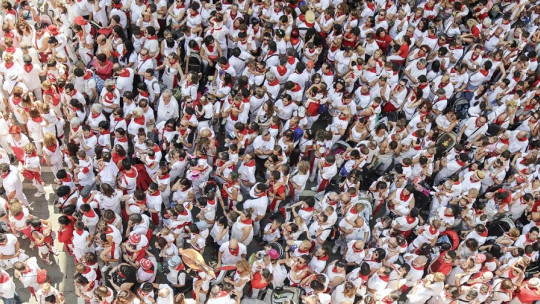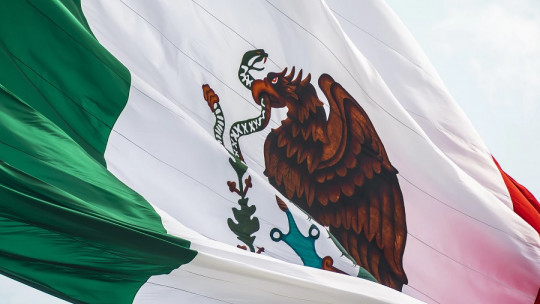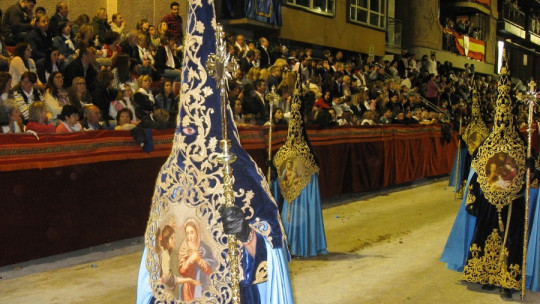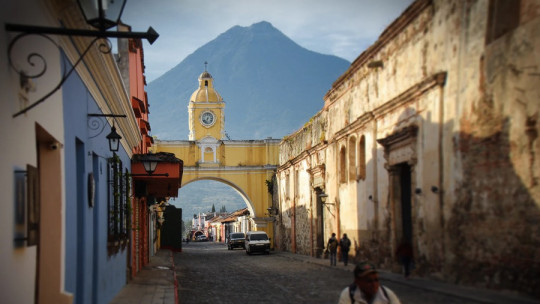Asturias is a single-provincial autonomous community, but at the same time it has both its own language and a set of traditions, festivities and characteristic cultural dynamics that have been passed down from generation to generation.
Among the customs and traditions of Asturias, it is worth highlighting some of international fame such as the Descent of the Sella or the Cider Festival, as well as the anniversary that is celebrated every year in honor of its patron saint (the Virgin of Covadonga “La Santina”) in Asturias Day every September 8, the Big Week of Gijón, the festival of San Mateo (Oviedo), etc.
In this article we will talk about the most popular customs and traditions of Asturias explaining its fundamental characteristics.
The most famous Asturian traditions, customs and festivities
These are some of the most characteristic aspects of Asturian culture in the form of festivals, traditional events and practices that have been passed down from generation to generation in Asturias.
1. International Descent of the Sella
One of the main customs and traditions of Asturias is the International Descent of the Sella (“Les Piragües” in Asturian or bable), a traditional event of this autonomous community that has been recognized as a Festival of International Tourist Interest, forming part of the most anticipated Asturian festivals of the year
The well-known descent of the Sella River is a festival, held every year on the first Saturday after August 2, whose main event is a canoeing race that consists of a 20 km route that runs from the Asturian town of Arriondas to the from Ribadesella. It should be noted that other races are also carried out in different categories (female, cadets, junior, etc.) whose route is approximately 1.5 to 3.5 km, and there are also several types of competition (K!, K2, C1 , C2, Kayak).
This event began to take place in 1930 , with only Asturians participating; However, in 1935 it began to gain greater popularity with the first registrations of non-Asturian participants, and it was in 1951 when it began to gain international fame with the first registrations of European participants. This event has only been canceled due to the Spanish Civil War and due to the COVID-19 pandemic.
2. Cider Festival
Among the customs and traditions of Asturias, it is worth highlighting the Nava Cider Festival, whose origin dates back to 1969, having become one of the most popular festivals in Asturias, and which It is celebrated in summer (around the second weekend in July).
In this festival, which lasts several days, various events are carried out such as a proclamation that begins these festivities, folklore and musical performances, cultural activities carried out around themes related to Asturias and, of course, the essence of the festival. , that It consists of a traditional tasting of Asturian ciders this being perhaps the most popular drink in this autonomous community.
It should also be noted that there are two cider contests: one in relation to the election of the best natural cider of the year made in Asturias and another in which the best cider pourer of the year is chosen.
3. Asturias Day
A very important anniversary that should be included among the main traditions and customs of Asturias, Asturias Day, It is the festival that is celebrated every September 8, the festival of its patron saint, the Virgin of Covadonga (La Santina) because he is credited with the victory in Asturian territory, under the direction of Don Pelayo (first monarch of the kingdom of Asturias), against the Muslim invasion and whose image is found in a cave in Covadonga (Cangas de Onís).
On Asturias Day, multiple events and activities of different kinds are held, such as concerts, parade of floats accompanied by music bands, parade of Asturian bagpipes, craft fairs, book fair, sporting events and traditional Asturian games (bowling). , frog game, etc.).
Both visitors and Asturians usually take advantage of this special day to taste the popular Asturian cider, as well as other ciders. typical products of the area such as cheeses, scorpionfish cake, cachopo, fabada, etc
A curious fact is that this festival is celebrated every year in a different town throughout the Asturian territory.
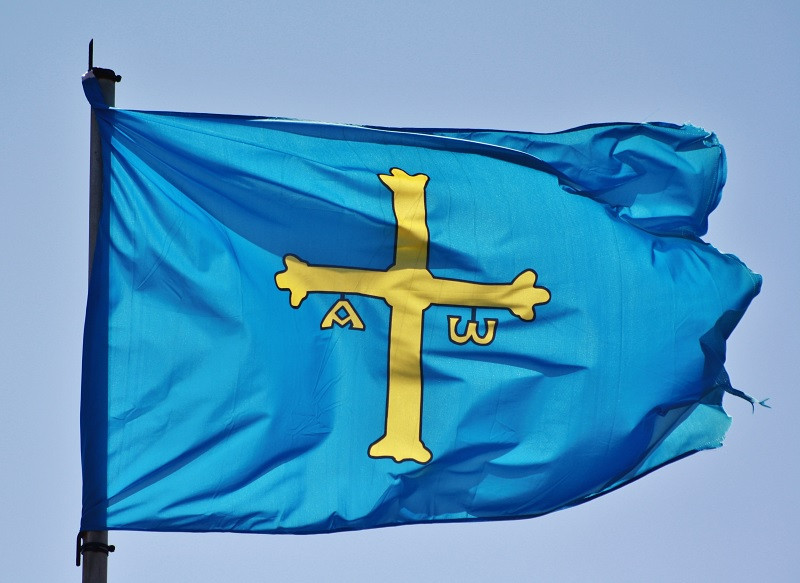
4. Saint Matthew
The most important anniversary of the city of Oviedo is September 21, being the date on which the San Mateo festivities are celebrated, making it one of the most notable customs and traditions of Asturias; They are also festivities that last ten days around that key date
However, the festivities of San Mateo, although they are the most popular festivities in Oviedo, are not the patron saint festivities, but rather their patron saint is San Salvador and the celebration in his honor takes place on August 6.
During these festivals, Oviedo residents and visitors usually enjoy various cultural events, such as musical concerts, as well as traditional gastronomic products of the area such as bun preñao or preñao bread (bollu preñáu) , which is filled with chorizo. Also traditional during these festivals are the fireworks shows that are launched from the winter park, gathering a large crowd of spectators.
5. The Balesquida
Among the most notable customs and traditions of Asturias, it is also worth mentioning La Balesquida, also known as Martes del Bollu or Martes de Campo, whose celebration takes place in the city of Oviedo. the first Tuesday after the day of Pentecost (Christian holiday of the fiftieth day of Easter time), being at the end of May or early June.
This festival, originating in the 13th century, receives its name (La Balesquida) in love with Doña Belesquida Giráldez and the donation she made to the tailors’ guild of the town of Oviedo.
This party usually begins with the proclamation and then gives way to the procession of the Virgin of Hope that leaves from the Chapel of La Balesquida towards the church of San Tirso It should be noted that it is a tradition in this festival to taste preñao bun, accompanied by wine among the brothers. Both Oviedo residents and visitors can enjoy the gastronomic wealth of the area.
6. Our Lady of Carmen and Carmín
Among the customs and traditions of Asturias are the festivals of Our Lady of Carmen and Carmín, celebrated on the Monday following the day of Our Lady of Mount Carmel (July 16) in Pola de Siero the town to which a couple belonged who financed the construction of a hermitage that was dedicated to the Virgin of Carmen in the year 1695.
These festivities begin with a proclamation in the auditorium of the Asturian town, where the fair that takes place during these festivities is usually also installed. On Monday, when Carmín is celebrated, a great pilgrimage is held with a parade accompanied by brass bands from 5 in the afternoon, concluding in a meadow (prau) where various clubs and groups of friends celebrate the festival enjoying the food and the drink accompanied by music until nightfall, continuing with the festival in Pola de Siero.
7. Big Week of Gijón
Another of the customs and traditions of Asturias that should be mentioned is the Semana Grande that is celebrated in Gijón in honor of Our Lady of Begoña, its patron saint; starts 8-10 days before August 15
In this festival, various events are held, such as concerts by great music stars, the most popular of these festivals and what most usually attracts visitors, fireworks shows (on August 14) and various cultural activities. such as fairs, theater performances, events for the little ones, etc.
The big day of the Semana Grande de Gijón is August 15, being the holiday in honor of the Assumption of the Virgin of Begoña , with various events taking place that day, including the Danza Prima (a traditional Asturian dance) and the Restallón. The festival concludes with the celebration of a mass in the parish of Nuestra Señora de Begoña.
8. Xiringuelu Pilgrimage
Nor could the Xiringüelu Pilgrimage be missing from the customs and traditions of Asturias, which It is celebrated on the first or second Sunday in August at Prau Salceu, next to the Nalón River , within the council of Pravia. This party had begun in the town of Cañedo, a small town; However, when its popularity increased, its celebration was moved to Salceu. In these pilgrimages it is characteristic that some artisanal booths are set up by the town’s peñas where drinks and food are served throughout the day.
It should be noted that the Xiringuelu is known for being a traditional Asturian dance that is characterized by quite moving steps, and it is common for it to be danced in pilgrimages to the sound of Asturian bagpipes and drums. This traditional dance is practiced throughout the Principality of Asturias.


